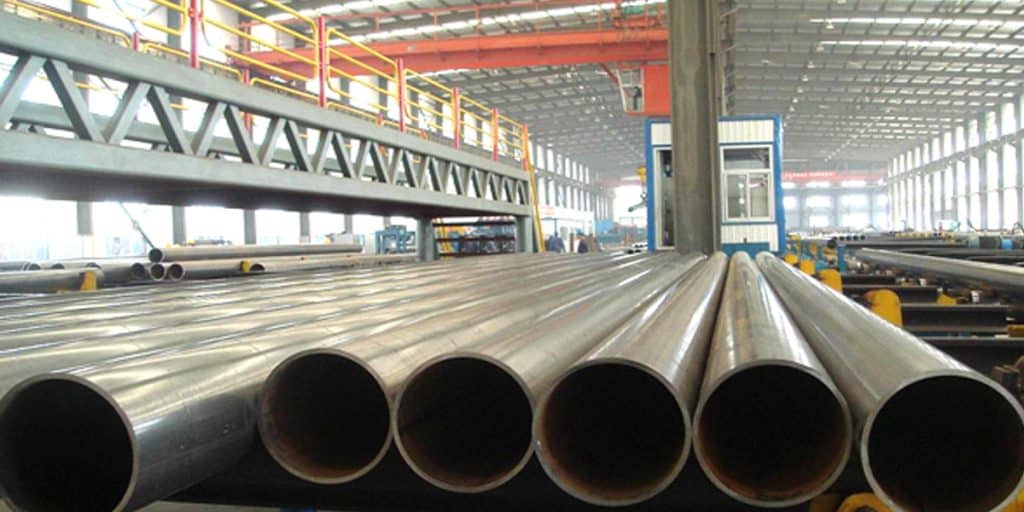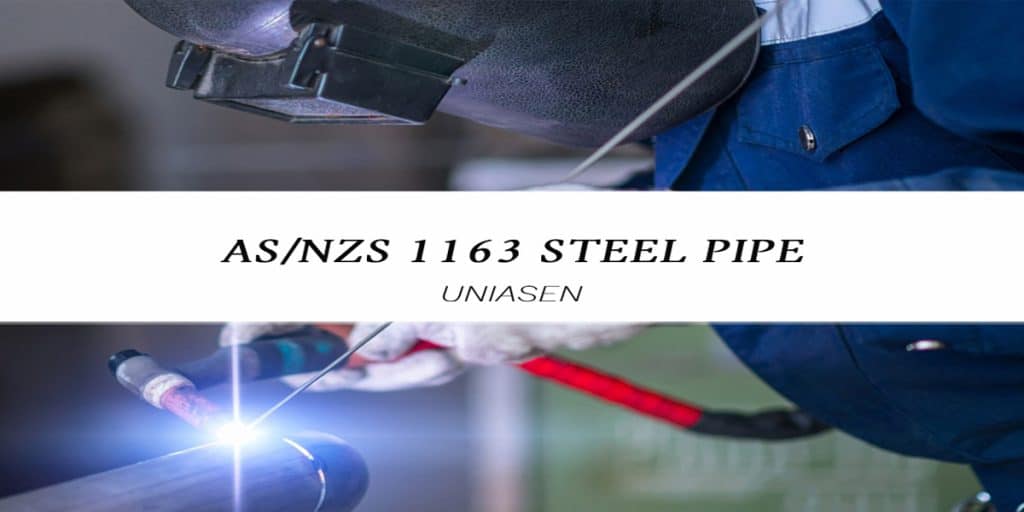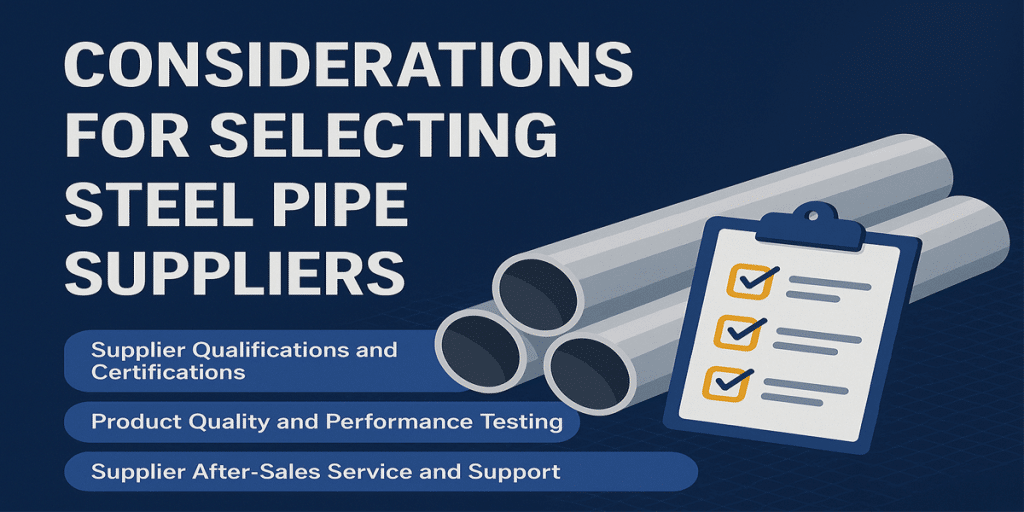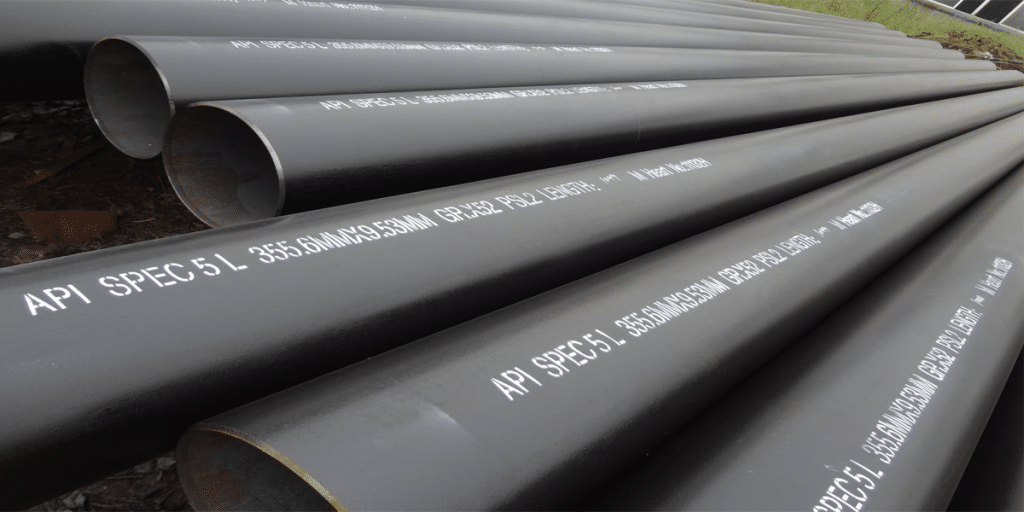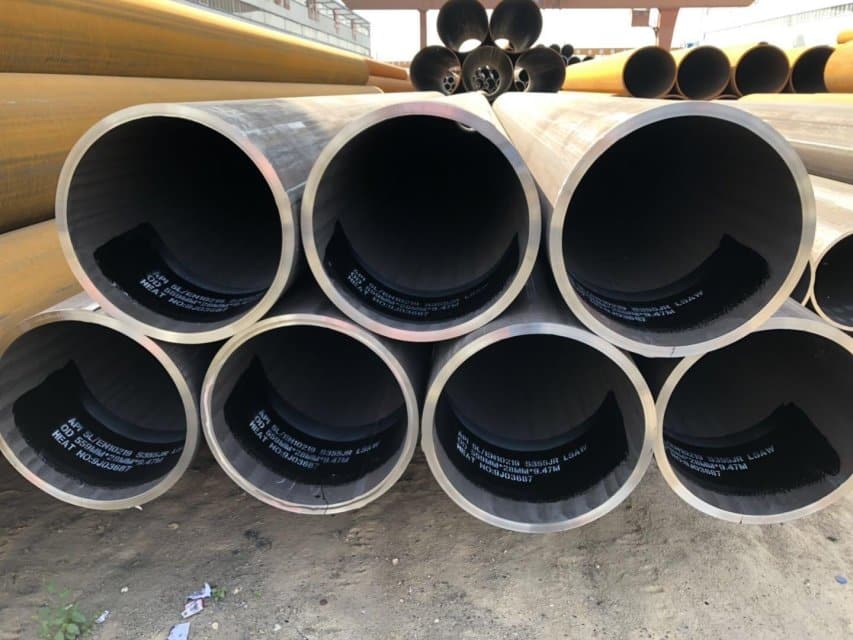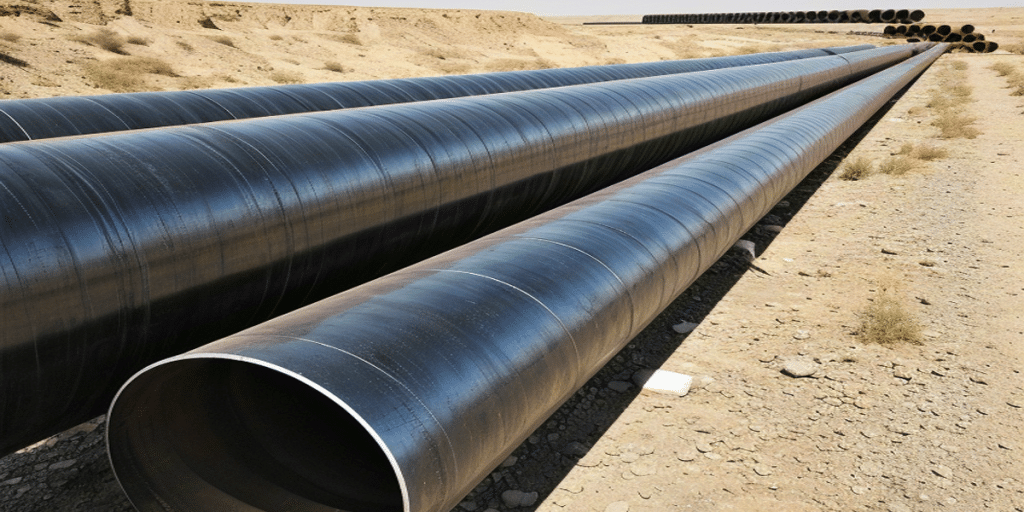- 1. Brief Introduction to ASTM A53 (Must-Know Before Procurement)
- 2. The “Five Key Items” for Procuring High-Quality A53 (Direct Checklist)
- 3. Procurement Process (Practical Steps)
- 4. Cost and Risk Comparison Between ERW and LSAW (Quick Reference)
- 5. Common Procurement Pitfalls and Avoidance Methods
- 6. Why Choose LONGMA?
When procuring high-quality ASTM A53 steel pipes, ASTM A53 can be used as an economical material for regular mechanical and pipeline applications. However, strict control must be exercised over procurement specifications, inspection certificates, manufacturing processes (ERW/LSAW/seamless), and quality control to ensure compliance with the safety and long-term service requirements of the project.
Brief Introduction to ASTM A53 (Must-Know Before Procurement)
ASTM A53 (homologous to ASME SA-53) is a specification for black/galvanized, welded, and seamless steel pipes. It covers three manufacturing methods: Type F (furnace-butt welded/continuous welded), Type E (ERW – Electric Resistance Welded), and Type S (seamless), and is classified into two strength grades: Grade A and Grade B. ASTM A53 is commonly used for conveying steam, water, gas, and in general mechanical structures. Different Types/Grades correspond to different processing and mechanical requirements.
The “Five Key Items” for Procuring High-Quality A53 (Direct Checklist)
1.Clarify the application and standards — Specify ASTM A53 (Type, Grade, dimensions, wall thickness, tolerance, end form, surface treatment, etc.) in the inquiry document/contract.
2.Review and request a complete MTC (Material Test Certificate)— It is recommended to require at least a test report with EN 10204 3.1 or equivalent certification. Key items include chemical composition, tensile strength, yield strength, impact test (if required), and heat treatment records.
3.Verify mechanical properties (Grade A vs. Grade B)— Select the Grade based on the engineering design requirements during procurement. The common comparison is as follows:
| Indicator | Grade A | Grade B |
| Minimum Tensile Strength (psi / MPa) | 48,000 (≈330) | 60,000 (≈415) |
| Minimum Yield Strength (psi / MPa) | 30,000 (≈205) | 35,000 (≈240) |
(The data is for reference as per common ASTM A53 specifications; refer to the final inspection sheet when signing the contract.)
4. Confirm the manufacturing process and weld treatment (ERW vs. LSAW vs. Seamless) — ERW pipes are formed continuously from hot-rolled coils, featuring low cost and short lead time. LSAW pipes are made by rolling steel plates and using submerged arc welding, suitable for large-diameter, thick-walled, and high-demand transmission pipelines. Select the process based on the project’s requirements for geometric accuracy, weld quality, and pressure resistance.
5. Require NDT (Non-Destructive Testing) and factory inspection — For important projects or those with strict pressure-bearing/safety requirements, request records of UT (Ultrasonic Testing)/RT (Radiographic Testing) for welds, hardness/impact tests, and specify the acceptance criteria and sampling ratio in the contract.
Procurement Process (Practical Steps)
1.Prepare a Technical Data Sheet (TDS):Clearly state the Type/Grade, dimensions, surface (black pipe/hot-dip galvanized), MTC type (3.1/3.2), NDT requirements, packaging, and marking.
2.Invite quotations and confirm samples: Request samples or small-batch inspection reports from candidate suppliers. Prioritize suppliers that can provide historical project data and complete MTCs.
3.Factory audit or third-party inspection:For large orders, it is recommended to conduct on-site factory audits or have third parties witness chemical and mechanical tests on-site.
4.Sign the contract and define acceptance terms:Clearly specify terms for handling non-conforming products, return and exchange, compensation, and penalties for delayed delivery.
5.Incoming inspection and certificate preservation:Conduct random sampling inspection upon goods arrival in accordance with the contract, and preserve MTCs and NDT reports for future quality traceability.
Cost and Risk Comparison Between ERW and LSAW (Quick Reference)
1.ERW: Low cost and high production capacity, suitable for small to medium-diameter pipes and non-extreme working conditions. Attention should be paid to weld heat treatment and tempering records.
2.LSAW:Better geometric accuracy, suitable for large-diameter and high-demand transmission pipelines, but with higher price and longer production cycle.
Common Procurement Pitfalls and Avoidance Methods
1.Focusing only on price and ignoring MTC: Mustrequest and review chemical and mechanical test reports.
2.Failing to specify weld heat treatment: ERW pipes may require additional treatment for Grade B; this should be clearly specified in the contract.
3.Omitting NDT verification: For key projects, witnessed UT/RT inspections should be mandatory.
Why Choose LONGMA?
With over 20 years of experience in pipe production, LONGMA specializes in manufacturing ERW and LSAW round pipes and supplies A53 pipes and other specifications of products for domestic and international engineering projects. Our advantages include:
- A comprehensive quality control system (chemical analysis, mechanical testing, UT/RT, etc.).
- Provision of 3.1/3.2 category MTCs and customer-specified inspection reports, with traceable weld heat treatment.
- Rich experience in engineering delivery, supporting customized dimensions, hot-dip galvanizing, and surface treatment services.
- Responsive after-sales and technical support, capable of providing the most cost-effective material and process recommendations based on project working conditions.
Need us to provide a material comparison proposal, samples, or official quotation for your project? Please send us the project specifications (application, dimensions, operating temperature/pressure, design standards) — LONGMA’s engineering team will offer professional selection and inspection advice to help you control quality and costs.

